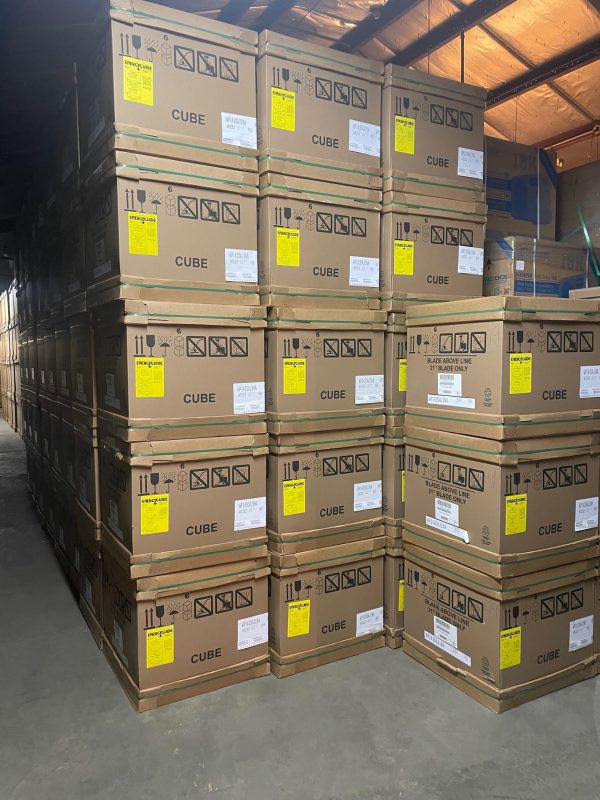Blog
What is a reversing valve?
A reversing valve, also known as a 4-way valve, is a component used in certain heating, ventilation, air conditioning, and refrigeration (HVAC/R) systems. Its primary function is to reverse the direction of refrigerant flow in the system, thereby allowing the system to switch between heating and cooling modes.
In a typical air-source heat pump system, the reversing valve is responsible for changing the flow direction of the refrigerant between the indoor and outdoor units. During the cooling mode, the refrigerant absorbs heat from the indoor air and releases it to the outdoor air. In the heating mode, the process is reversed, and the refrigerant absorbs heat from the outdoor air (even in cold temperatures) and releases it inside the building.
The reversing valve typically has four ports, and it directs the flow of refrigerant between the compressor, condenser, evaporator, and expansion valve, depending on whether the system is in heating or cooling mode. The valve is controlled by the thermostat or another control device, which signals the system to switch modes based on the temperature settings.
In summary, a reversing valve is a crucial component in heat pump systems, enabling them to provide both heating and cooling functions by reversing the flow of refrigerant as needed.


